Jati ka Vinash | Buy Jaati ka Vinash Book in Hindi
Jati ka Vinash | Buy Jaati ka Vinash Book in Hindi
- Binding: Paperback
- Language: Hindi
- Publisher Forward Press
- MRP: 250-/
- Sale Price: 249/-
- Free Shipping
Original price was: ₹250.00.₹249.00Current price is: ₹249.00.
19 in stock (can be backordered)
Order Jati ka Vinash | Buy Jaati ka Vinash Book in Hindi On WhatsApp
Description
📘 Jati Ka Vinash
Author: Dr. Bhimrao Ramji Ambedkar
Genre: Samajik Sudhar / Philosophy / Political Thought
Jati ka Vinash ek aisi pustak hai jisme Bharat ke samajik dhaanche ke mool par prashn uthaye gaye hain. Ye Book by Bhimrao Ramji Ambedkar samaj ke andar sthapit jaati-pratha ko todne aur nyay ke naye siddhanton ko sthapit karne ki aawaz hai. Jab annihilation of caste hindi mein Dr. Ambedkar ne apne anubhav aur samajik soch ko vyakt kiya, to usne Bharat ke samajik aur manasik vikas ke itihas ko badal diya. Ye jati ka vinash book kewal ek vichardhara nahi, balki ek samajik kranti ka prarambh hai.
Dr. Ambedkar ka ye granth un sabke liye prerna srot hai jo samaj mein samata, nyay aur manav adhikar ki ladai lad rahe hain. Har wo pathak jo sochta hai ki jaati ke bina samaj kaise tik sakta hai, uske liye ye pustak ek prashn aur uska uttar dono hai. Annihilation of Caste ke is Hindi anuvad ne aaj bhi samajik vicharon ke darwazon par gehri chhapa chhodi hai.
📖 About the Book
Jati ka Vinash ek path-pradarshak aur samajik kranti ka pratik granth hai. Ye annihilation of caste book hindi ke roop mein Bharat ke itihaas ka ek aisa lekhan hai jo jaati-pratha ke mool tatvon ko tark ke saath challenge karta hai. Jab Dr. Bhimrao Ramji Ambedkar ne 1936 mein is granth ko likha, to unhone kewal Hindu samaj ki vyavastha par prashn nahi uthaya, balki ek samajik nyay aur samata par aadharit Bharat ka sapna bhi diya.
Ye book by Bhimrao Ramji Ambedkar unke us pravachan ka lekhan hai jo unhone Hindu Mahasabha ke liye tayyar kiya tha, lekin jaati ke prashn par unke teekshn vicharon ke karan use prastut karne se mana kar diya gaya. Uske baad Ambedkar ne ise swatantra roop mein prakashit kiya, jo baad mein “Annihilation of Caste” ke naam se prakhyat hua. Iska Hindi version – Jati ka Vinash book – Forward Press dwara prakashit, Bharat ke har varg ke pathakon tak pahunchne ka ek prayaas hai.
Is pustak mein Ambedkar ne spasht kaha ki jaati ke bina samaj ka vikas sambhav nahi hai. Unhone kaha, “Jaati ka vinash ke bina samata sambhav nahi, aur samata ke bina loktantra mool nahi pakad sakta.” Ye vaakya unke vichar aur sangharsh dono ka saar hai.
Is jati ka vinash book in hindi mein unhone dharma, shiksha, aur samaj ke bandhanon par aalochana karte hue kaha ki jab tak samaj vyakti ko jaati ke daayre mein bandhkar rakhega, tab tak uska manav hone ka arth adhoora rahega. Ye annihilation of caste book hindi aaj bhi samajik nyay ke har chintak ke liye ek prerna srot hai.
✍️ Author’s Authority and Experience
Dr. Bhimrao Ramji Ambedkar Bharat ke itihaas ke un mahan chintakon mein se ek the jinhone apne jeevan se samajik nyay aur manav adhikaron ke liye ladai ladi. Ye book by Bhimrao Ramji Ambedkar unke jeevan ke sangharsh aur samaj ke prati unki samvedansheelta ka pratyaksh pramaan hai.
Ambedkar ne Columbia University se Economics aur Law mein doctorate prapt kiya tha, aur unhone British India ke samvidhanik aur samajik nirmata ke roop mein apni alag pehchaan banayi. Unhone Bharat ke samvidhan ka masiha hone ke saath-saath apne samaj ke liye nyay aur samata ke marg ko pragatisheel vichar se alokit kiya.
Unka likhne ka andaaz tark, anubhav aur vyavaharikta par aadharit hai. Annihilation of Caste written by Ambedkar isliye anokha hai kyunki yah vyakti aur samaj ke beech ke astitva ko prashn karta hai. Ek book by Bhimrao Ramji Ambedkar hone ke naate ye granth ek pramanik sandarbh hai jo unke jeevan ke tatvon aur samajik darshan ko darshata hai.
🕊️ Key Themes and Takeaways
Is jati ka vinash book ke mool vichar samata, dharma aur manav adhikar par aadharit hain. Ambedkar ne isme kaha ki jaati vyavastha kewal samajik asamaanata nahi, balki manavta ke viruddh ek sanghathit paap hai. Unka kehna tha ki samaj tab tak azad nahi ho sakta jab tak vyakti apni jaati ke bandhanon se mukt nahi hota.
Is annihilation of caste hindi granth mein unhone Hindu dharma ke purane granthon par prashn uthaye aur unmein chhipe jaati-vad ke tatvon ko spasht kiya. Unhone kaha ki shiksha, arthik swatantrata aur samajik nyay hi jaati ke vinash ka mool hain.
Pathak is pustak se yah seekhta hai ki samajik kranti ke bina arthik kranti vyarth hai. Jati ka Vinash book forward press ke edition mein unke sandesh ko samkalin samaj ke sandarbh mein samjha gaya hai, jisse har pathak ko vyakti aur samaj ke beech ke rishton par vichar karne ka avsar milta hai. Ye jati ka vinash book review ke anusar sirf itihaas nahi, balki samaj ke aaj ke yug ke liye bhi prashast marg darshak hai.
🎯 Who Should Read This Book
Ye book for students, thinkers, reformers aur social activists sabke liye ek prerna srot hai. Jo log Bharat ke samajik vikas ke itihaas ko samajhna chahte hain, unke liye Jati ka Vinash ek pathya granth hai.
Agar aap ek researcher hain aur Annihilation of Caste and Other Essays jaise sahitya ko samajhna chahte hain, to ye pustak aapke vicharon ko naye disha degi. Is jati ka vinash book in hindi ko un logon ke liye bhi likha gaya hai jo samaj mein badlav lana chahte hain.
Adhyapak aur chhatra dono ke liye ye pustak ek adhyayan sadhan hai jisme tark, darshan aur anubhav ka sammelan hai. Ye un pathakon ke liye bhi avashyak hai jo jaati, dharma aur manav adhikaron ke sambandh mein gahrai se sochna chahte hain. Jati ka vinash book backcover par likha gaya hai – “Ye pustak kewal padhi nahi jati, mehsoos ki jati hai.” Ye vaakya is granth ki gahrai ko poori tarah vyakt karta hai.
🏆 Critical Acclaim or Market Success
Jati ka Vinash ek bestselling book hai jise Forward Press ne naye sanskaran mein prakashit kiya hai. Is annihilation of caste book review mein desh ke anek vidwano ne isse “Bharatiya samajik soch ka mool granth” kaha hai. Is pustak ne samajik nyay ke kshetra mein ek naye yug ki shuruaat ki aur har yug mein samvedansheel pathakon ke liye marg prashast kiya.
❓ Unique FAQ Section
Q1: “Jati ka Vinash” ka mukhya sandesh kya hai?
A: Is jati ka vinash book ka sandesh hai jaati ke bandhanon ko todkar samata aur nyay par aadharit samaj ka nirmaan karna.
Q2: Kya “Jati ka Vinash” ek Book by Bhimrao Ramji Ambedkar hai?
A: Haan, ye granth Dr. Bhimrao Ramji Ambedkar dwara likha gaya hai aur unke samajik darshan ka saar hai.
Q3: “Annihilation of Caste Hindi” aur “Jati ka Vinash” mein kya antar hai?
A: Dono ek hi granth ke bhinn roop hain — ek Angrezi mein likha gaya aur doosra uska pramanik Hindi anuvad hai.
Q4: Ye pustak kis varg ke pathakon ke liye upyogi hai?
A: Ye pustak un sabhi pathakon ke liye hai jo samajik nyay, samata aur manav adhikar ke vichar ko samajhna chahte hain.
Q5: “Jati ka Vinash” ka aaj ke samay mein kya mahatva hai?
A: Ye pustak aaj bhi utni hi pramukh hai kyunki samajik samata aur nyay ke prashn ab bhi relevant hain.

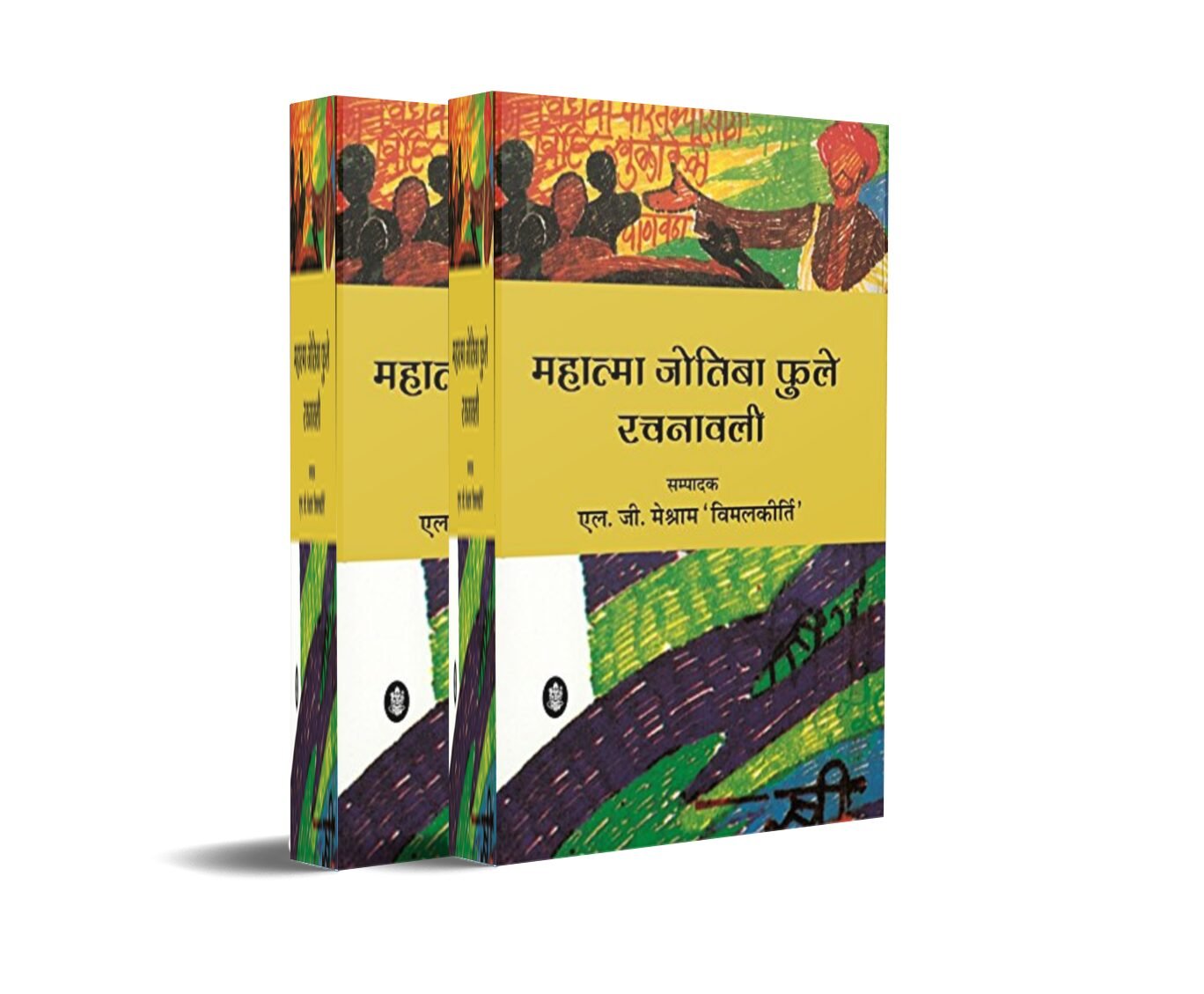
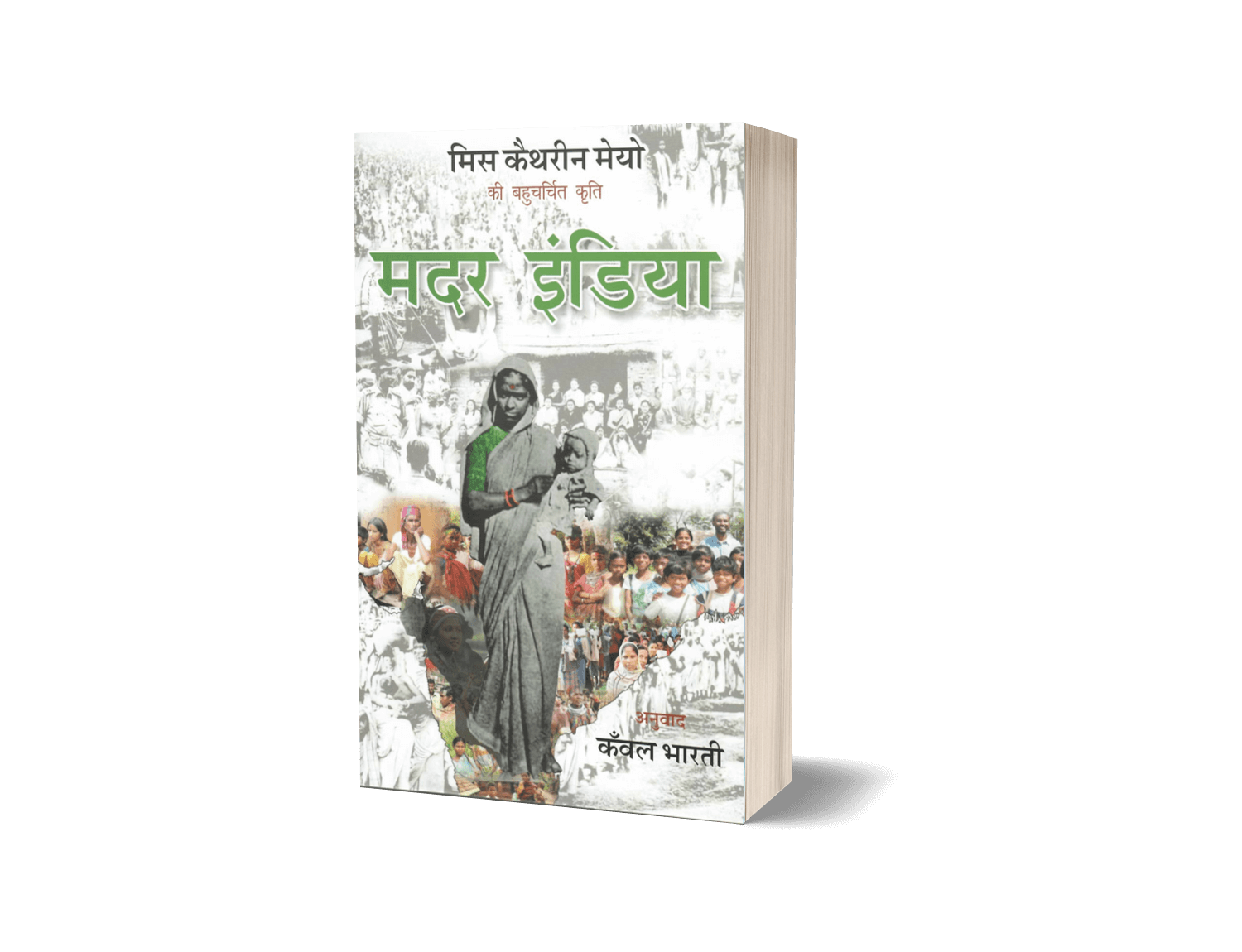
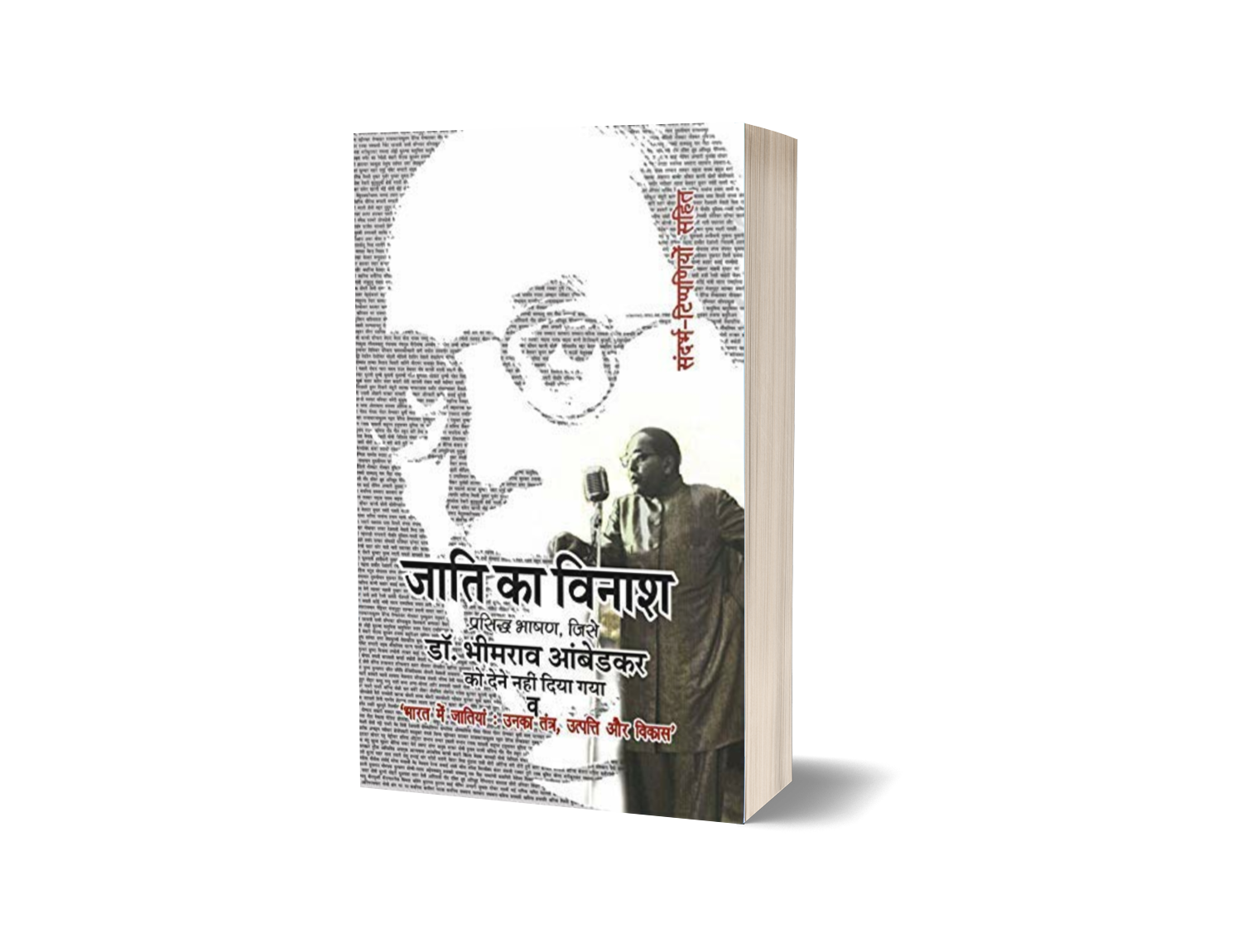
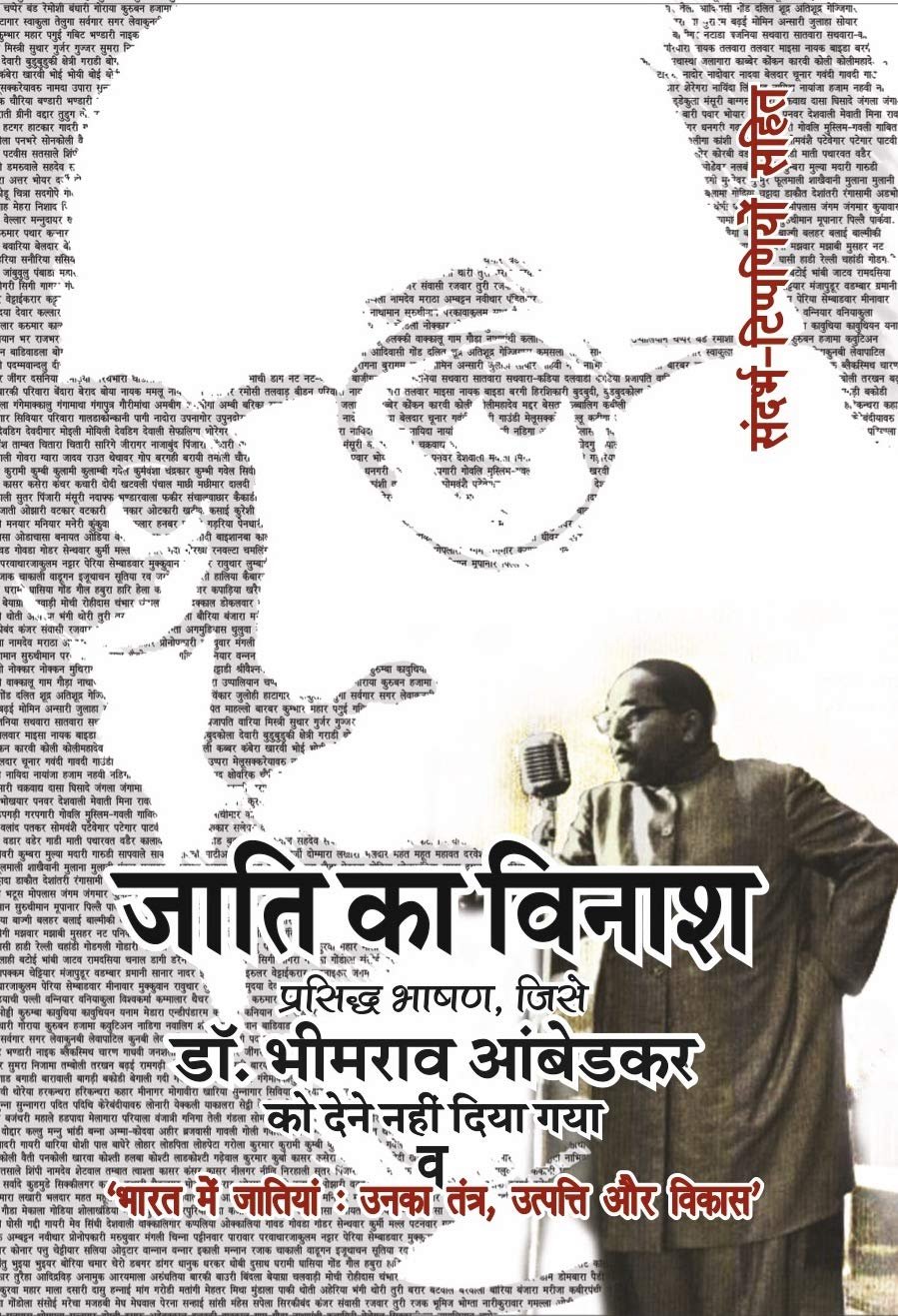
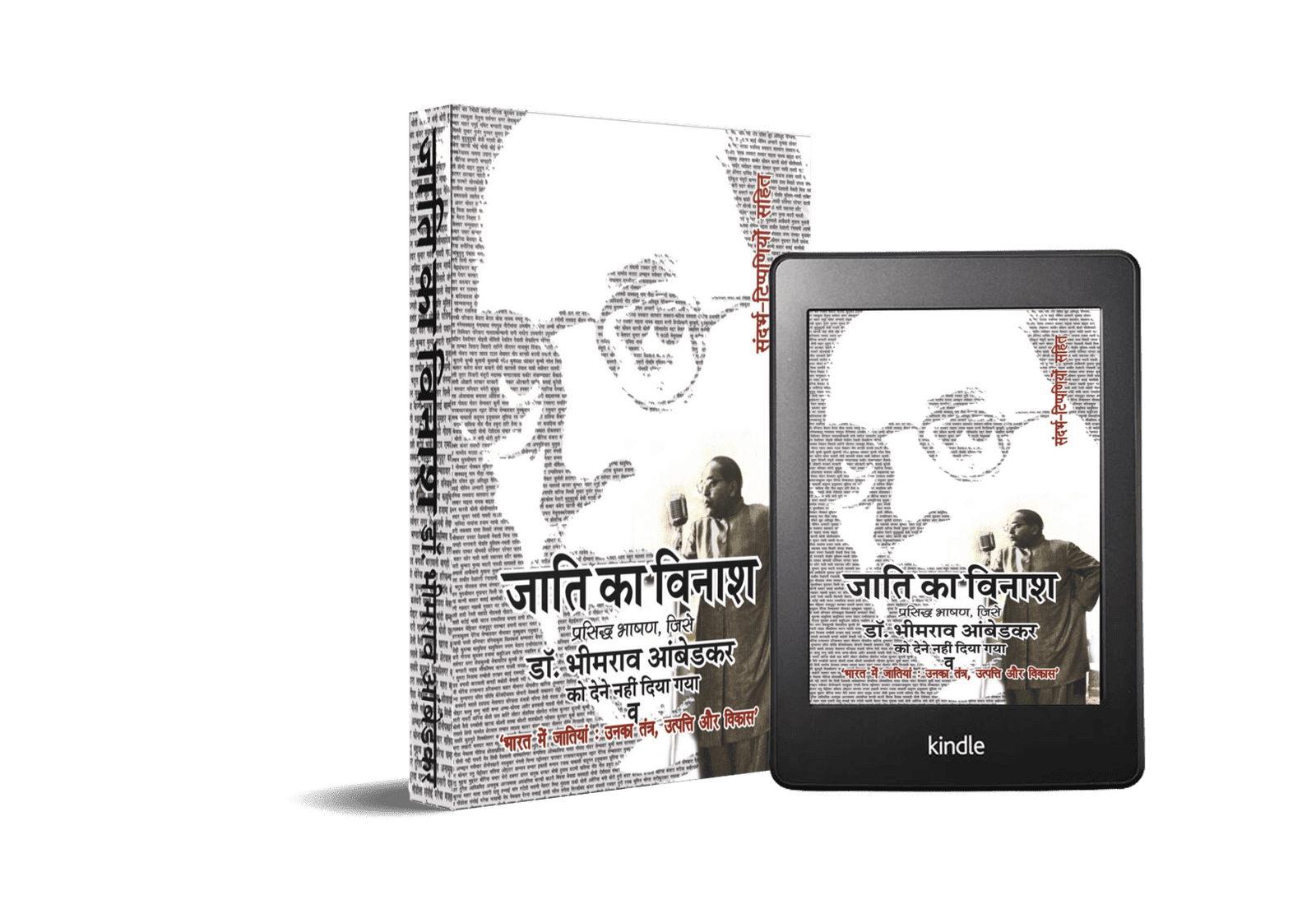




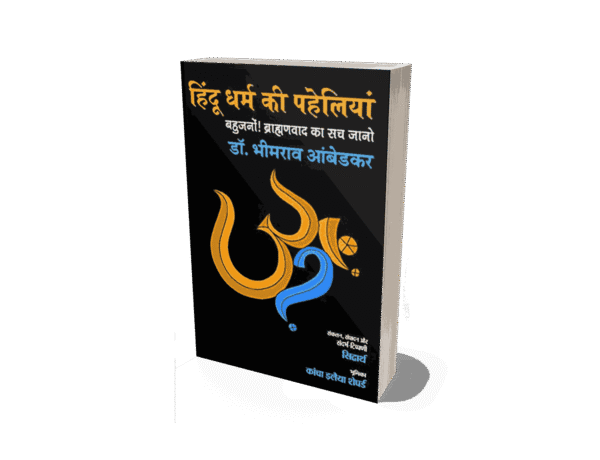

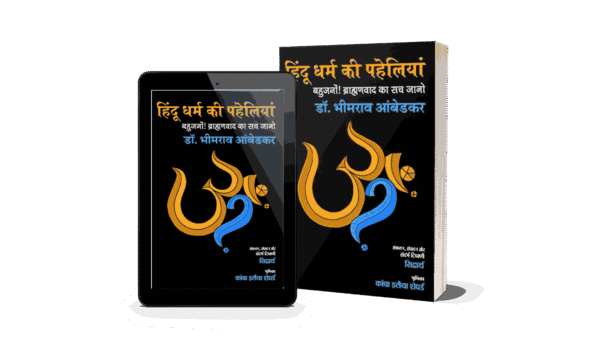
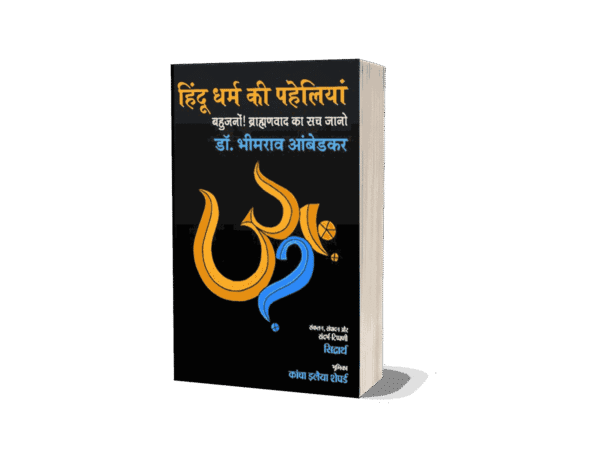
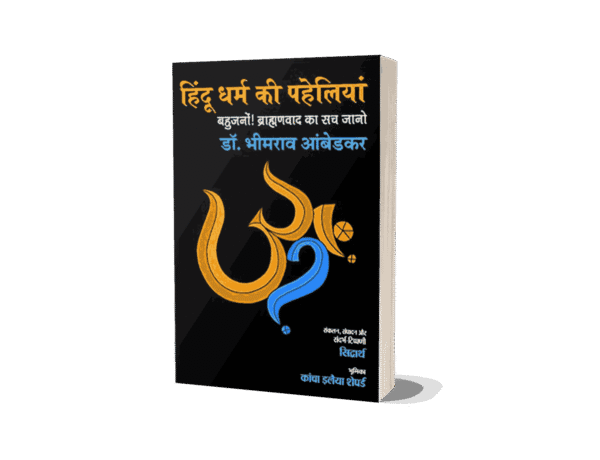
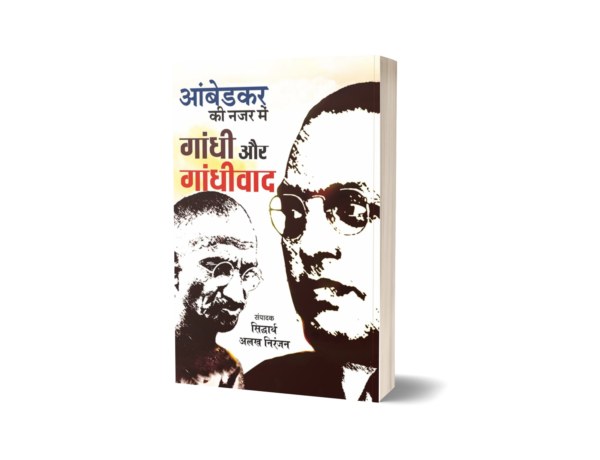
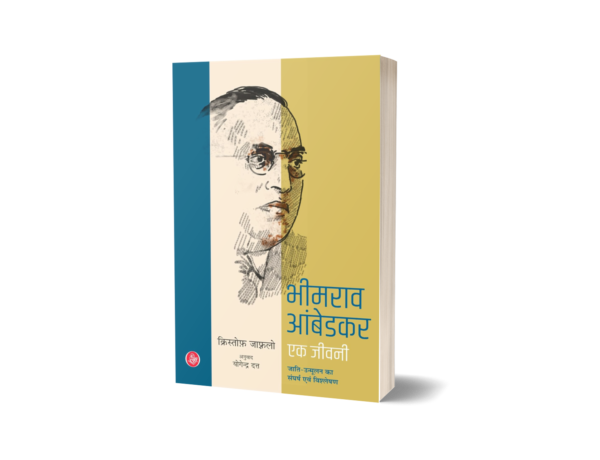





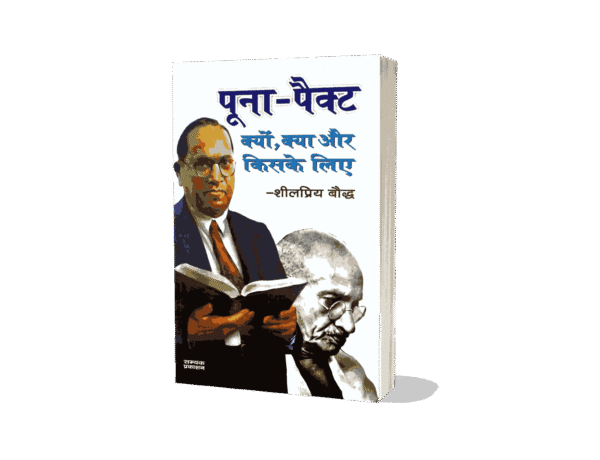
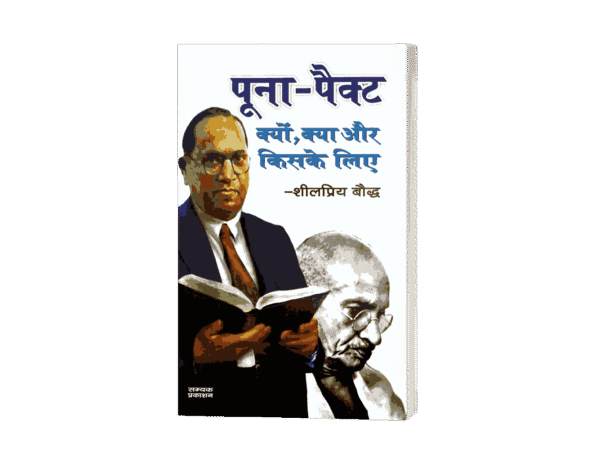
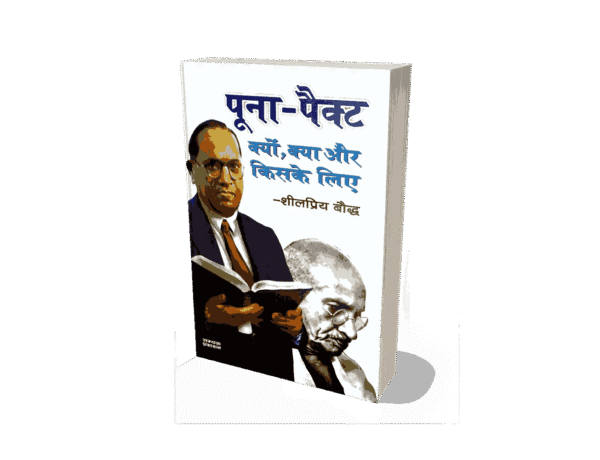
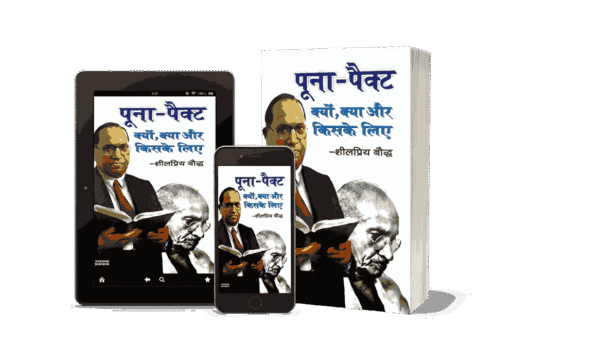
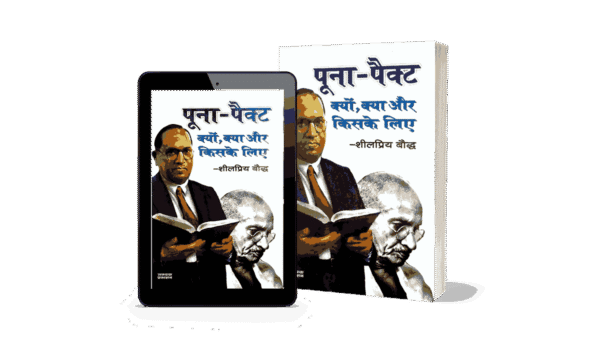
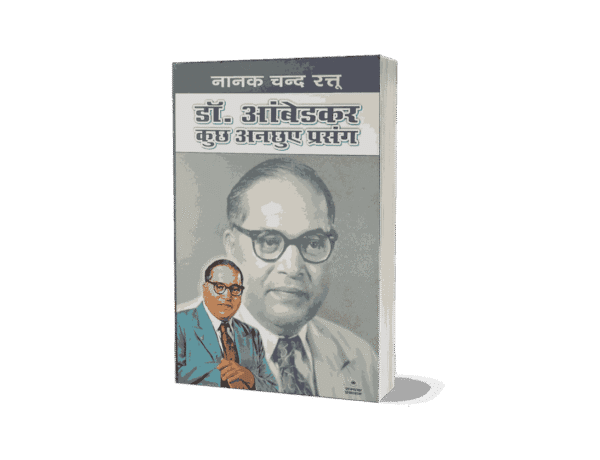
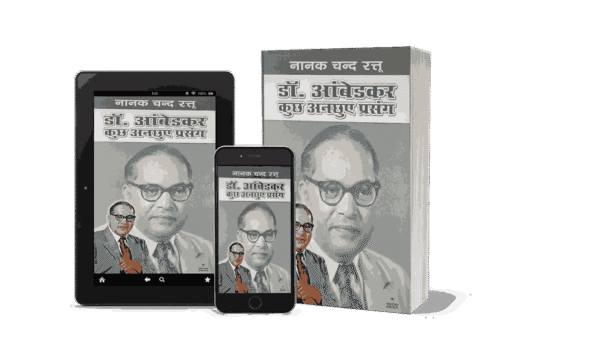
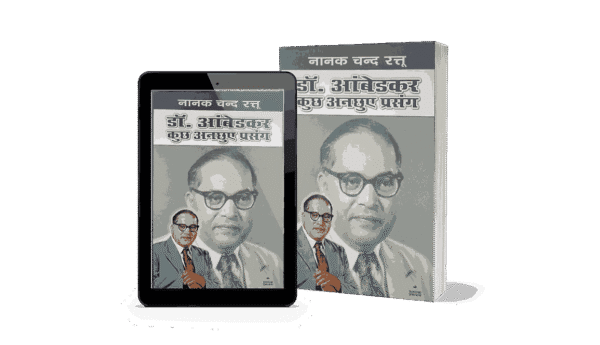
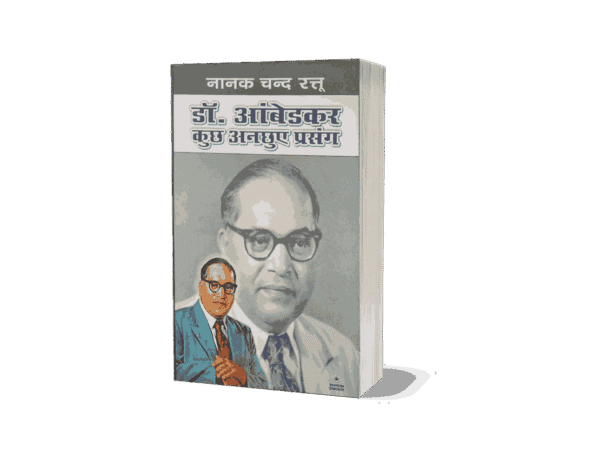
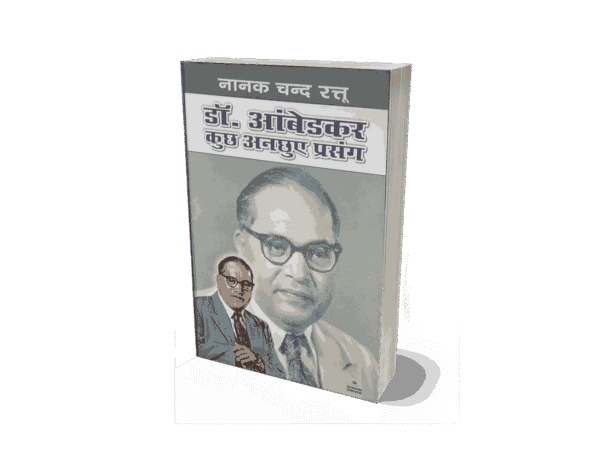
Amit –
Very Good Book, everyone must read this book.